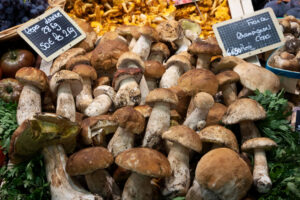As the winter chill envelops the natural world, animals face a daunting challenge: surviving the harsh conditions of the icy season. With plummeting temperatures and scarce resources, these creatures have evolved unique strategies to endure and thrive amidst the freezing cold. From hibernation to insulation, let’s explore the remarkable ways in which animals adapt and survive in a winter wonderland.
 Pin
Pin Image by Freepik
Table of Contents
Hibernation
Many animals, such as bears, ground squirrels, and bats, enter a state of hibernation during winter. By lowering their metabolic rate and retreating to sheltered dens or burrows, they conserve energy and reduce the need for food. This prolonged period of dormancy allows them to survive on stored body fat until the warmer days of spring.
The Art of Torpor: Nature’s Ingenious Survival Strategy in Extreme Conditions
Imagine your body suddenly deciding to take a break, almost like hitting a pause button. Torpor is nature’s way of allowing certain animals to conserve energy during harsh conditions. It’s like a temporary shutdown where they dial down their internal functions to a bare minimum to survive.
For animals like bears, torpor is their version of a cozy winter nap. It’s not quite hibernation, but a strategic power-saving mode. Picture their heartbeats slowing, breathing becoming shallow – as if they’re under a spell of deep slumber. Their body temperature plunges, and their metabolism drastically reduces, mimicking a state of semi-suspended animation.
And it’s not just the cuddly bears; even cold-blooded creatures like reptiles and amphibians have their own version of torpor known as brumation. They, too, enter a state of reduced activity to cope with winter’s chill. Slowing down their heart rates and metabolic processes, they tuck themselves away, conserving what little energy they have until the warmth returns.
While warm-blooded animals can internally regulate their temperature, cold-blooded animals rely on external sources like the sun to kickstart their sluggish systems back to life. It’s a survival tactic deeply ingrained in their biological clocks, a reminder that nature has its way of helping its inhabitants adapt to the ever-changing seasons.
So, next time you observe a creature seemingly motionless in the midst of winter, remember they might just be in a state of torpor, quietly waiting for the perfect moment to emerge rejuvenated from their energy-saving hiatus.
Animals that Hibernate during Winter…
1. Hedgehogs:
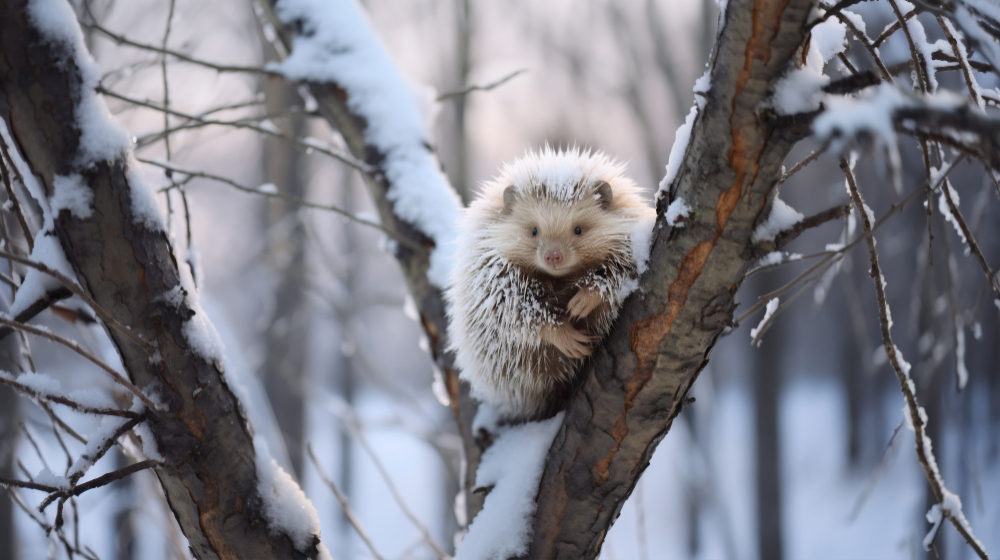 Pin
Pin Image from Freepik
Hedgehogs are known to hibernate during the winter months. They find a safe and cozy spot, such as under piles of leaves or in burrows, where they curl into a tight ball to conserve heat and energy until spring arrives.
2. Wood Frogs:
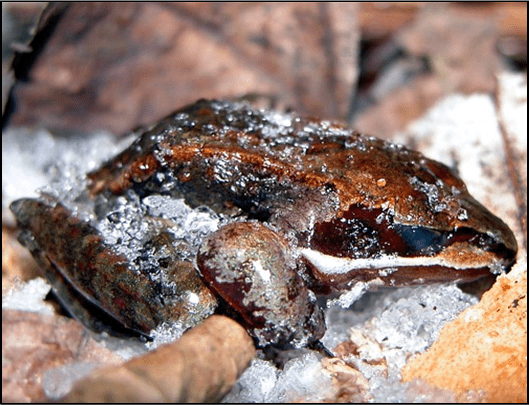 Pin
Pin Wood frogs have a unique adaptation that allows them to survive freezing temperatures. As winter approaches, these frogs undergo a process called cryogenic freezing, where their bodies freeze solid, and their hearts stop beating. They remain in this state until warmer temperatures thaw them out, allowing them to resume their normal activities.
3. Snakes:
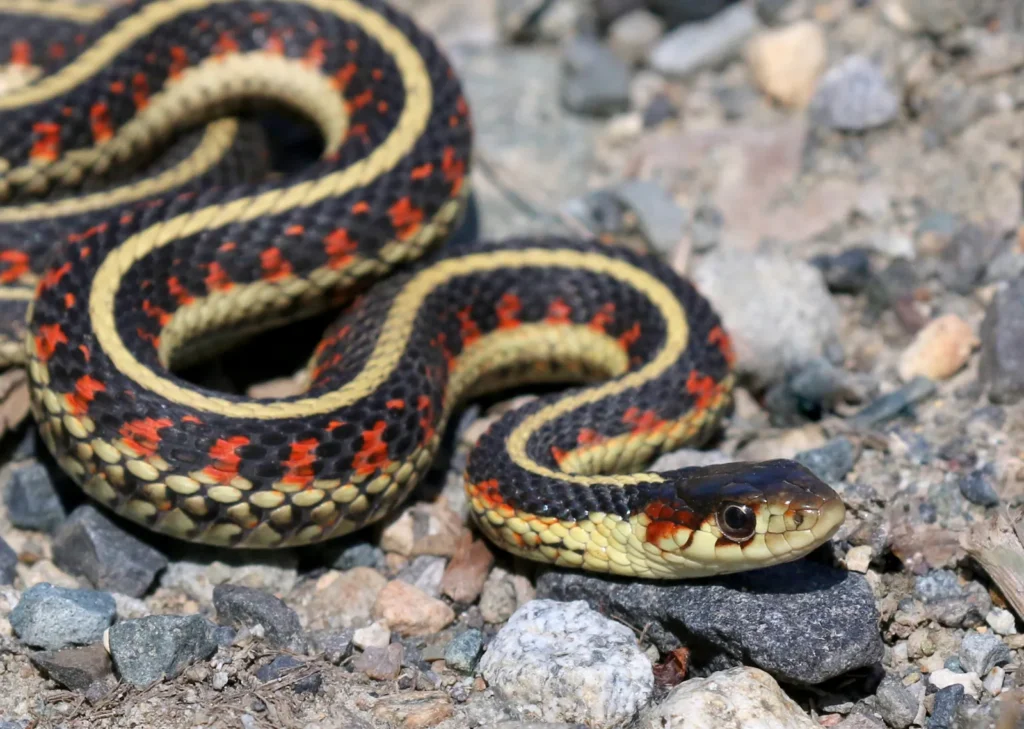 Pin
Pin Garter Snake Image from Britannica
Some snake species, such as garter snakes and timber rattlesnakes, hibernate in dens or burrows to escape the cold temperatures of winter. By entering a state of dormancy, these snakes can conserve energy and survive until the arrival of spring.
4. Groundhogs:
 Pin
Pin Image by wirestock on Freepik
Groundhogs, also known as woodchucks, are famous for their behavior on Groundhog Day, but they are also notable for their hibernation habits. These rodents retreat to underground burrows and enter a state of torpor, where their body temperature drops, and they remain in a dormant state until warmer weather signals their emergence.
5. Bumblebees:
 Pin
Pin Image by TÜV Nord
While not all bee species hibernate, bumblebees are known to enter a state of hibernation during winter. The queen bee will seek out a sheltered spot, such as underground or in tree hollows, where she will hibernate until spring. The queen emerges to start a new colony when the weather warms up.
Migration
Some animals, like birds and certain mammals, undertake long migratory journeys to escape the frigid winters. By relocating to more temperate regions with abundant food sources, they ensure their survival and increase their chances of reproducing successfully.
Animals that migrate during winter to escape cold temperatures and find more favorable conditions…
1. Monarch Butterflies:
 Pin
Pin Image by DejaVu Designs on Freepik
Monarch butterflies are perhaps one of the most well-known migratory insects. Each year, millions of monarch butterflies travel thousands of miles from North America to Mexico to escape the colder temperatures and find a more hospitable environment for breeding and overwintering.
2. Humpback Whales:
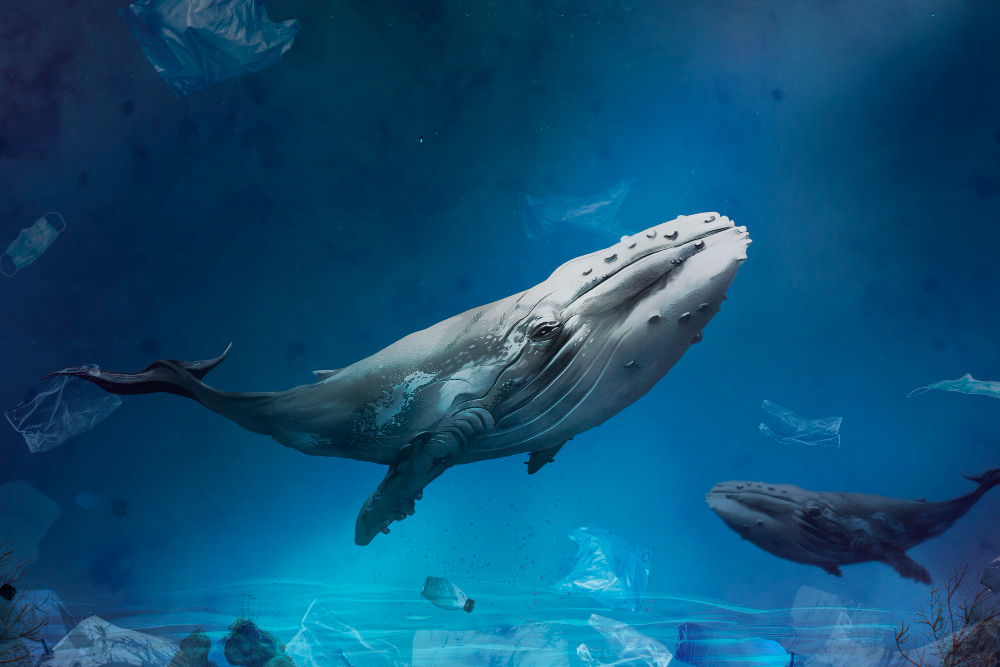 Pin
Pin Image by rawpixel.com on Freepik
Humpback whales are known for their long-distance migrations. They travel from their feeding grounds in colder waters to warmer breeding grounds in tropical or subtropical regions during the winter months. This migration allows them to give birth and raise their calves in more favorable conditions.
3. Arctic Terns:
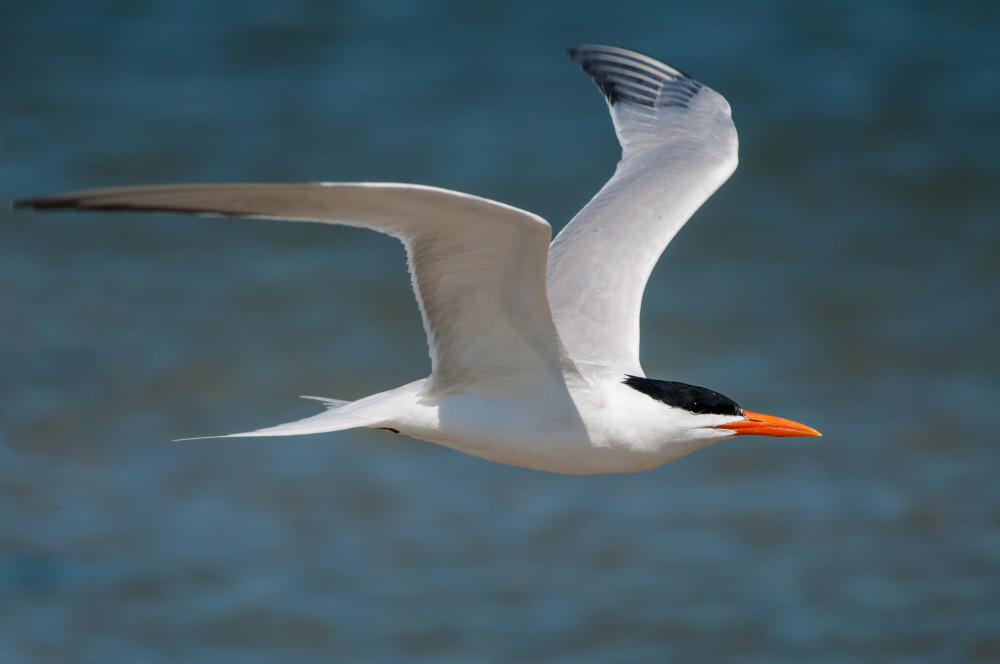 Pin
Pin Image by wirestock on Freepik
Arctic Terns hold the record for the longest migration of any bird species. They travel from their breeding grounds in the Arctic to their wintering grounds in the Antarctic, covering over 50,000 miles round trip each year. This impressive journey allows them to follow the summer sun and take advantage of abundant food sources along the way.
4. Caribou:
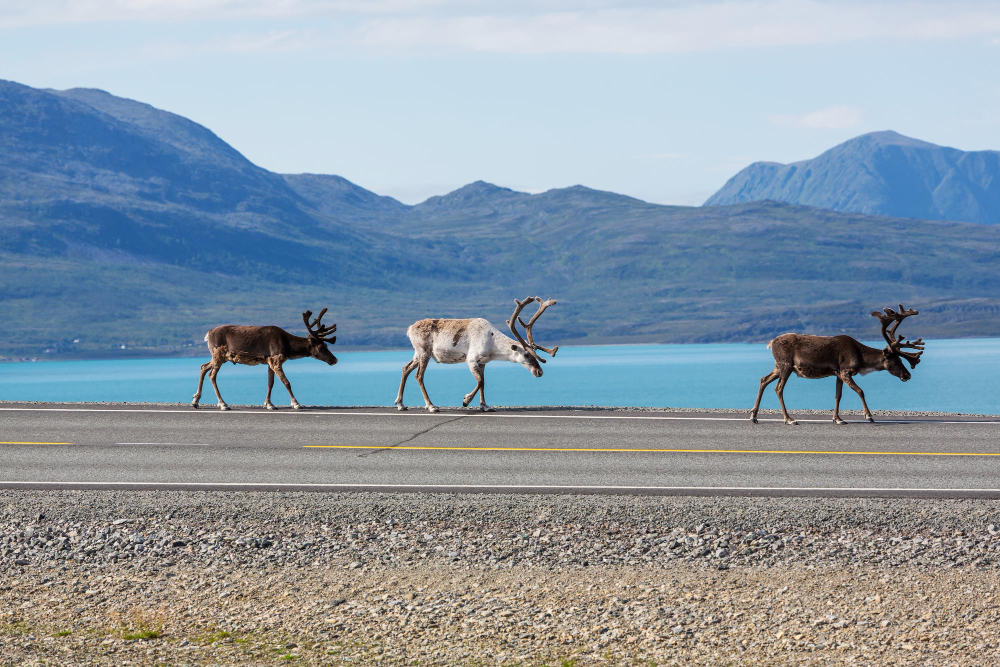 Pin
Pin Image by kamchatka on Freepik
Caribou, also known as reindeer in Eurasia, undertake seasonal migrations to find food and escape harsh winter conditions. These large, hoofed mammals travel long distances in search of suitable grazing areas, often forming massive herds that move together to more temperate regions.
5. Gray Whales:
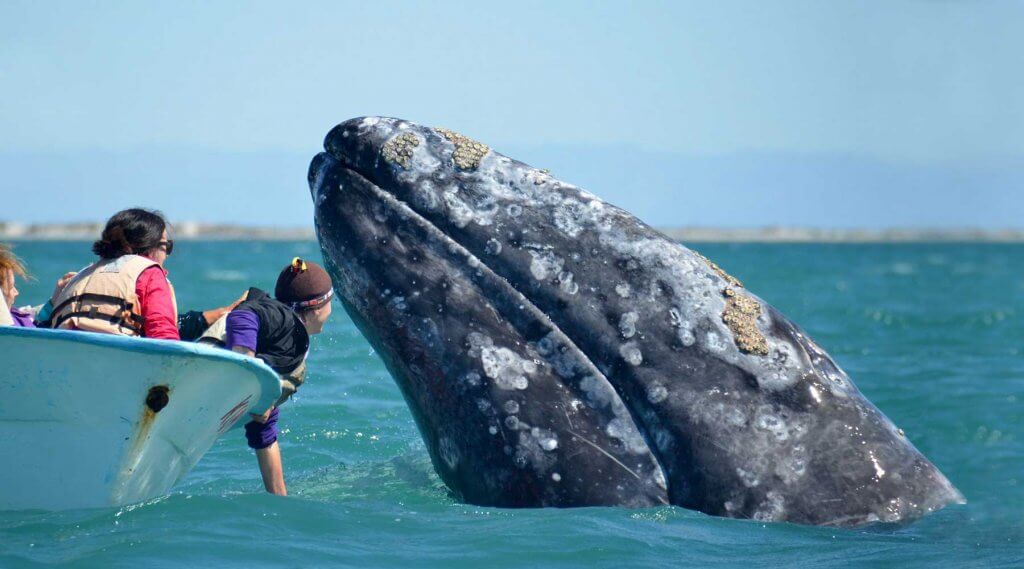 Pin
Pin Image by Baja Expeditions
Gray whales migrate annually between their feeding grounds in the Arctic and their breeding grounds in the warmer waters off the coast of Mexico. This migration is one of the longest undertaken by any mammal and plays a crucial role in their life cycle, allowing them to mate and give birth in protected lagoons.
Insulation
Thick fur, feathers, or layers of fat serve as excellent insulation against the cold for many animals. Arctic mammals like polar bears and seals have specialized adaptations to withstand extreme cold temperatures, such as a thick layer of blubber that acts as a natural insulator, keeping them warm in icy waters.
Animals that have adaptations for insulation to help them survive cold winter conditions…
1. Arctic Fox:
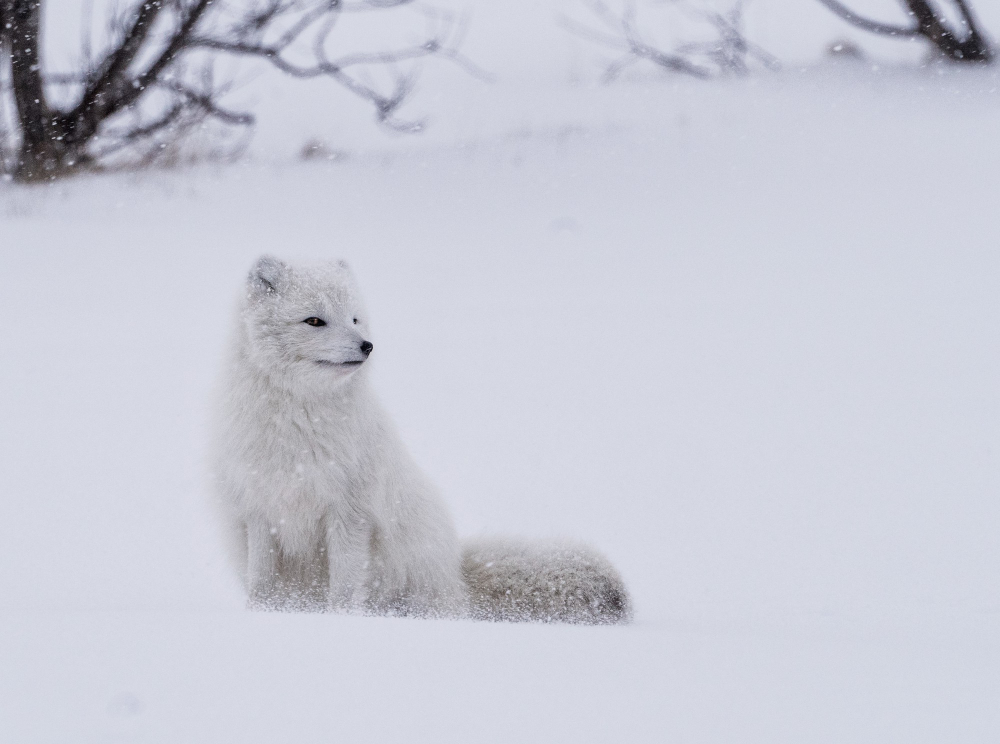 Pin
Pin Image by r3dmax on Freepik
Arctic foxes have dense fur that changes color with the seasons, helping them blend in with their surroundings and providing insulation against the cold. Their thick fur and bushy tail also help reduce heat loss, keeping them warm in frigid Arctic temperatures.
2. Polar Bear:
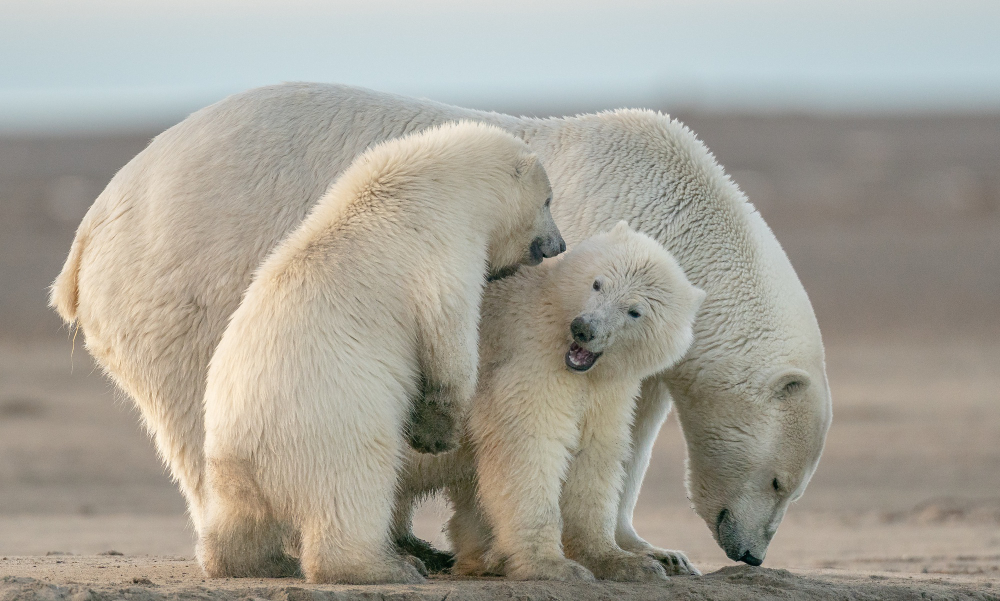 Pin
Pin Image by wirestock on Freepik
Polar bears are well adapted to the extreme cold of their Arctic habitat. They have a thick layer of blubber beneath their fur that provides insulation and stores energy. Their dense fur also traps air close to their bodies, creating an extra layer of insulation to keep them warm.
3. Emperor Penguin:
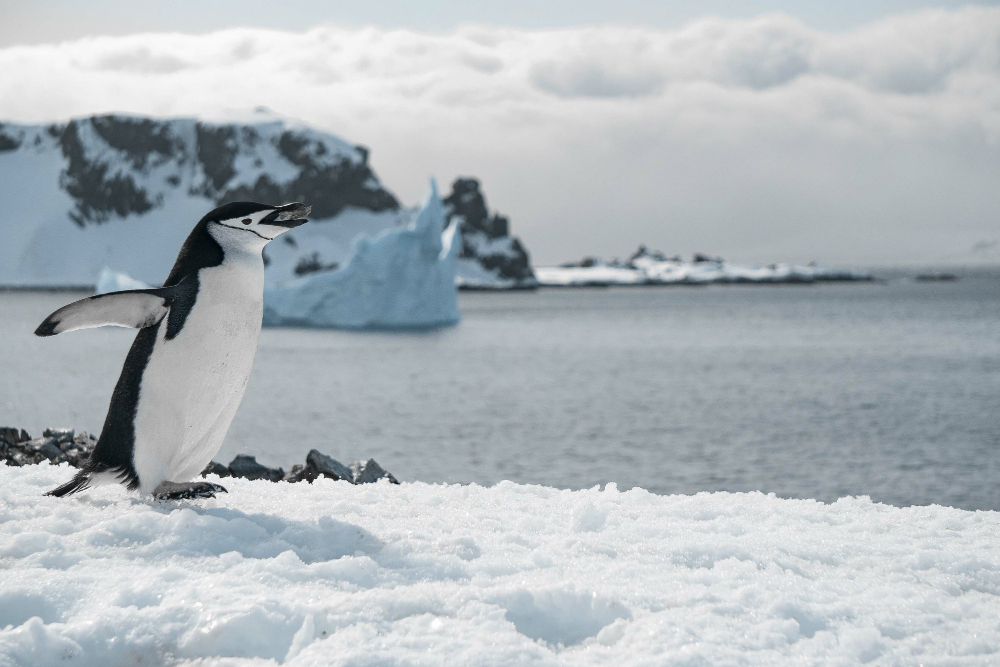 Pin
Pin Image by wirestock on Freepik
Emperor penguins are the largest of all penguin species and have special adaptations for surviving in the harsh Antarctic climate. They have a layer of insulating blubber beneath their waterproof feathers, which helps retain body heat in freezing temperatures.
4. Muskox:
 Pin
Pin Image by wirestock on Freepik
Muskoxen have a thick, shaggy coat of fur that provides excellent insulation against the cold. Their long guard hairs cover a dense undercoat of wool that helps trap heat close to their bodies, keeping them warm in the frigid Arctic tundra.
5. Snow Leopard:
 Pin
Pin Snow leopards are well adapted to their high-altitude, cold habitats in the mountains of Central and South Asia. Their long, thick fur provides insulation against the cold, while their large, furry paws help them navigate snowy terrain and protect them from freezing temperatures.
Food Storage
Creatures like squirrels and chipmunks rely on food storage to survive the winter months. They collect and hoard nuts, seeds, and other provisions during the abundant summer and fall seasons, creating hidden caches that they can rely on when food becomes scarce in winter.
Animals that have food storage adaptations to help them survive the winter when food may be scarce…
1. Squirrels:
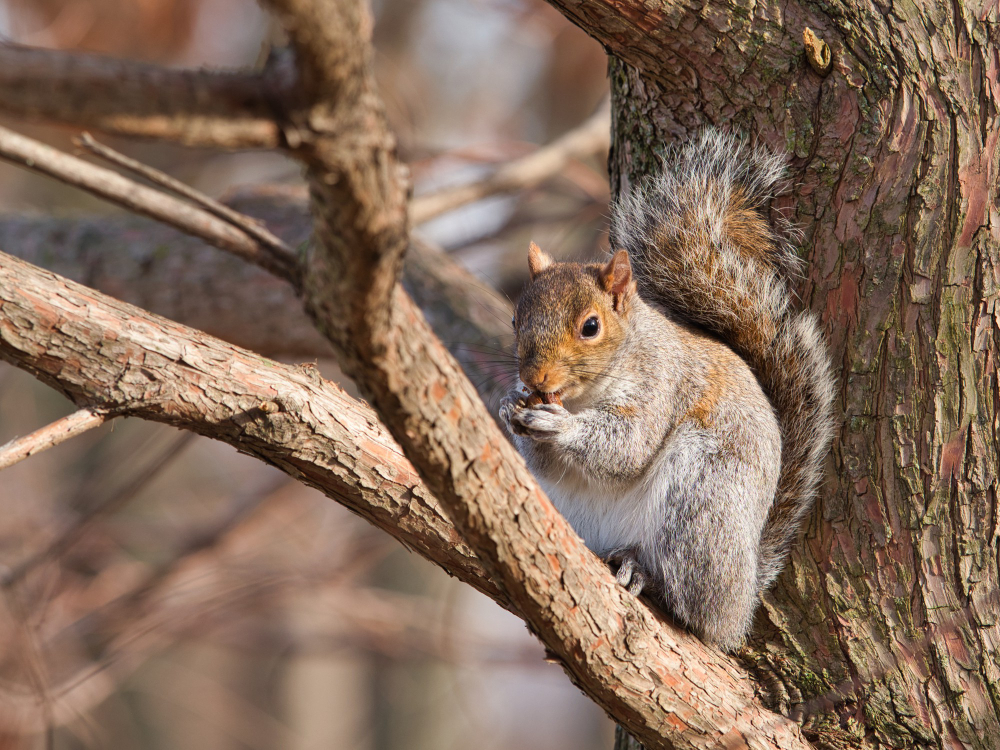 Pin
Pin Image by wirestock on Freepik
Squirrels are known for their ability to hoard nuts and seeds during the fall to store for the winter months. They bury food in various locations and rely on their keen sense of smell to locate their hidden stores when food becomes scarce in colder months.
2. Chipmunks:
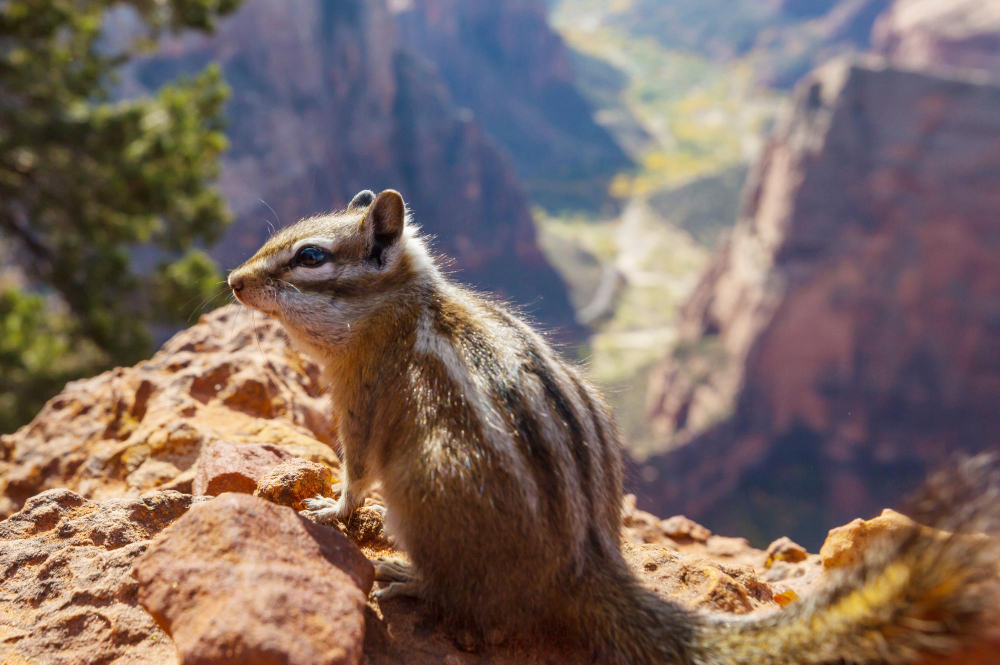 Pin
Pin Image by kamchatka on Freepik
Chipmunks also store food for the winter by collecting and storing nuts, seeds, and other food items in underground burrows or caches. They have special cheek pouches that allow them to carry large amounts of food back to their burrows for storage.
3. Bears:
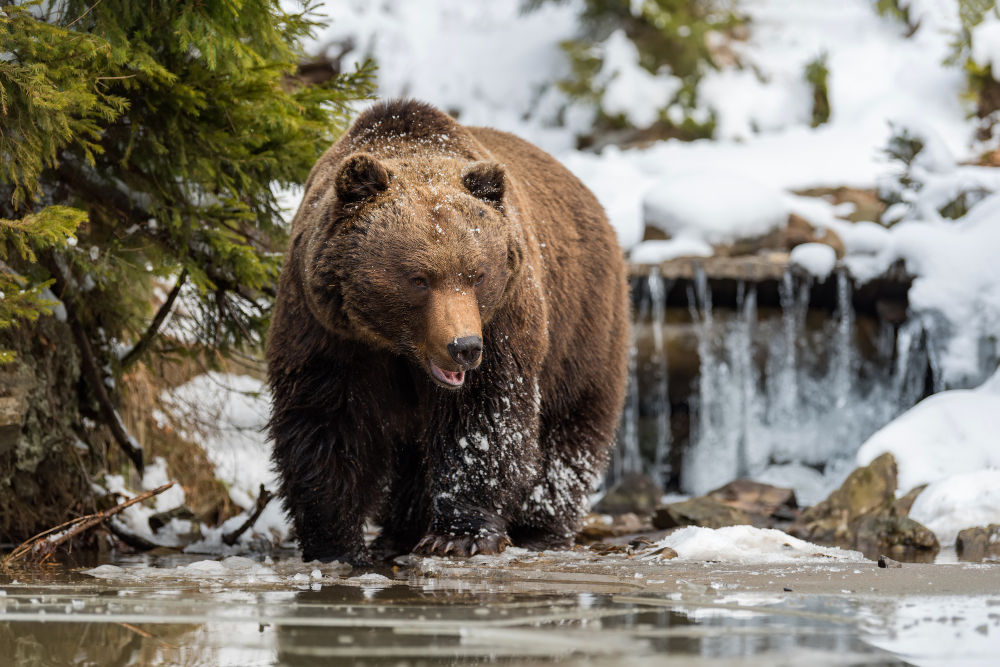 Pin
Pin Image by byrdyak on Freepik
Bears are known to prepare for winter by entering a state of dormancy called hibernation. Before hibernating, bears will consume large amounts of food to build up fat stores that will sustain them through the winter months when they do not eat or drink.
4. Bees:
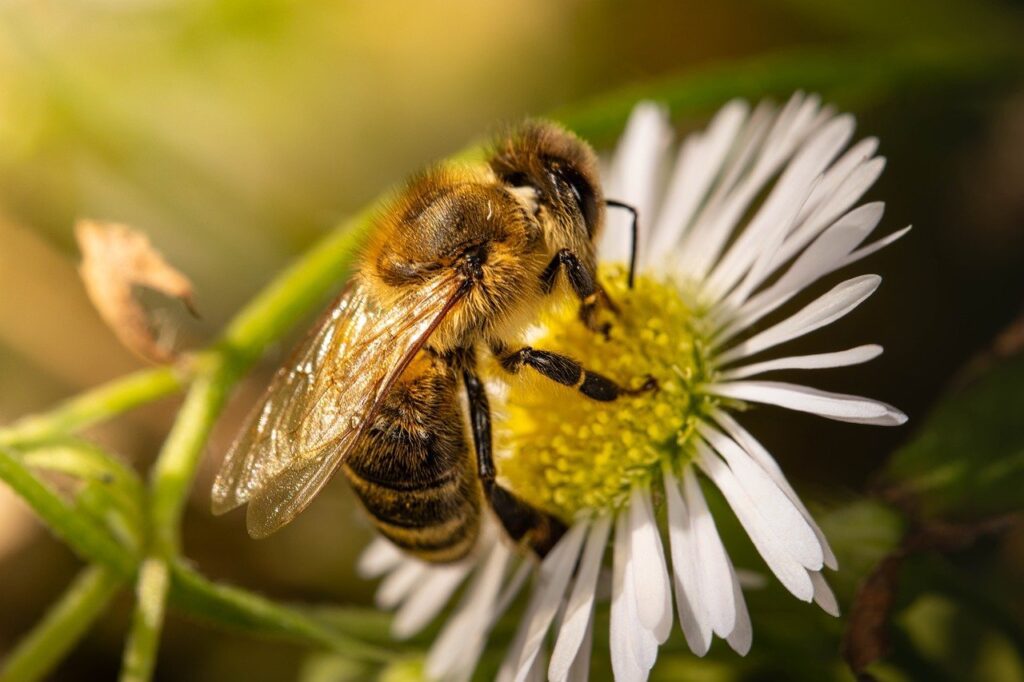 Pin
Pin Image by Simon Oberthaler from Pixabay
Honeybees store food in the form of honey to sustain themselves during the winter when flowers are scarce. They work together as a colony to collect nectar, which they then store in honeycomb cells and cap with beeswax for long-term storage and consumption.
5. Birds:
 Pin
Pin Jay – Image by Tim Ulama from Pixabay
Several bird species, such as jays and woodpeckers, are known to cache food during the fall to sustain them through the winter. These birds hide seeds, insects, or nuts in crevices, under bark, or in the ground, relying on their memory and keen sense of location to retrieve their hidden food stores.
Behavioral Changes
Some animals exhibit changes in behavior to cope with winter conditions. For instance, deer and elk congregate in large herds to conserve body heat, while wolves and foxes may grow thicker coats to stay warm.
 Pin
Pin Image by iTop Loveliness from Pixabay
In conclusion, the natural world is a testament to the resilience and adaptability of animals in the face of winter’s icy grip. By employing a diverse array of survival tactics, from hibernation and migration to insulation and food storage, these remarkable creatures navigate the challenges of the cold season with grace and ingenuity.































